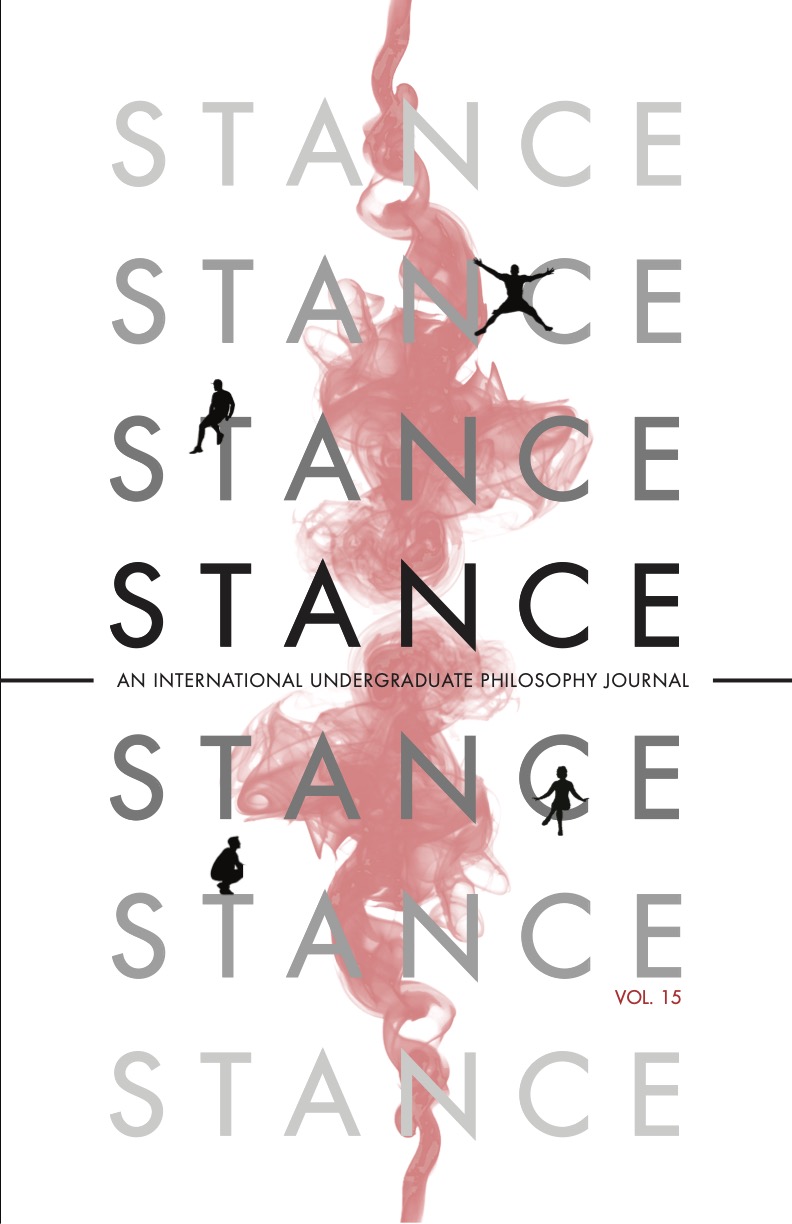How a Buddha Acts
Laying Bricks for a Buddhist Theory of Action
DOI:
https://doi.org/10.33043/S.15.1.100-111Abstract
Buddhist philosophers generally hold that concepts like “I” and “me,” while useful in everyday life, are ultimately meaningless. Under this view, there would be no “agents” because it is meaningless to say “I did so and so....” How do we explain the occurrence of actions without referring to agents? I argue that Cappelen and Dever’s Action Inventory Model (AIM) is a useful resource for developing a Buddhist theory of action. In response to an objection that AIM cannot explain a buddha’s action, I show that a slightly tweaked version of AIM succeeds in explaining how a buddha acts.
Downloads
Downloads
Published
How to Cite
Issue
Section
License
Copyright (c) 2022 Mukund Maithani

This work is licensed under a Creative Commons Attribution-NonCommercial-NoDerivatives 4.0 International License.
Stance requires right of first publication. All other rights reside with the author. Authors are free to reuse their own articles in other publications they write or edit, and no further permission is required. The journal only requires acknowledgement of the original publication in Stance.
All articles are licensed with a Creative Commons Attribution Noncommercial No-Derivatives 4.0 International license.


